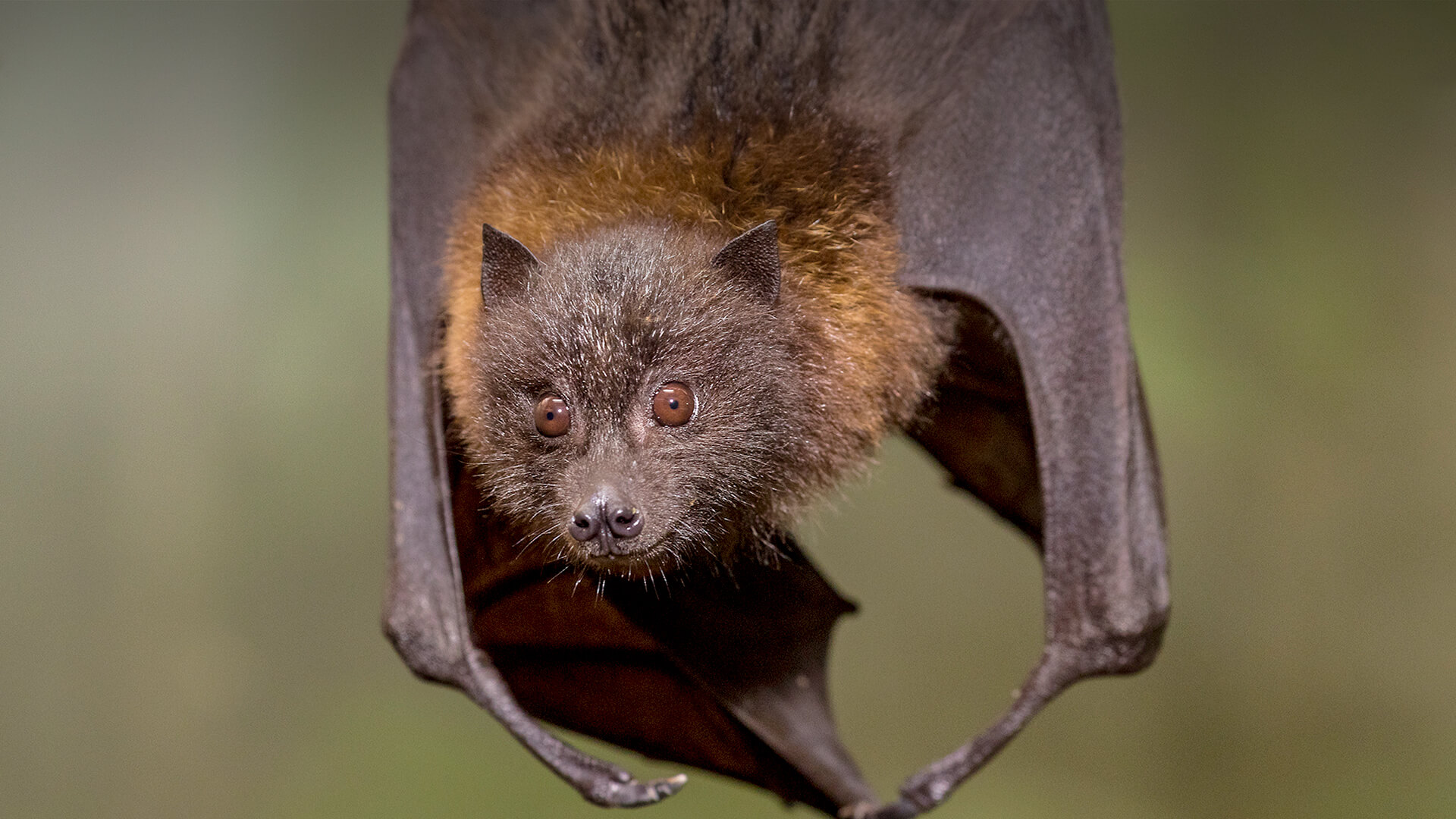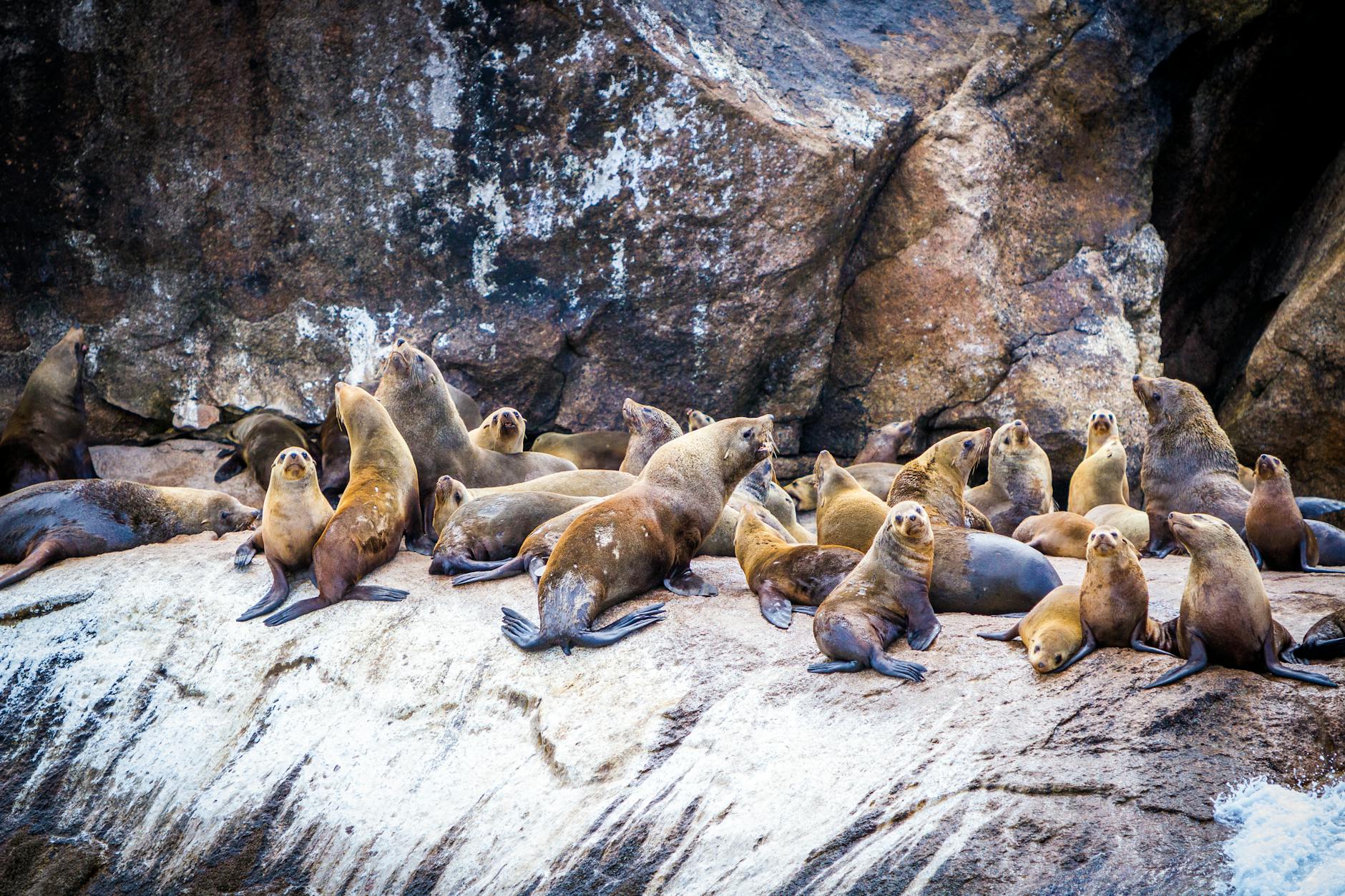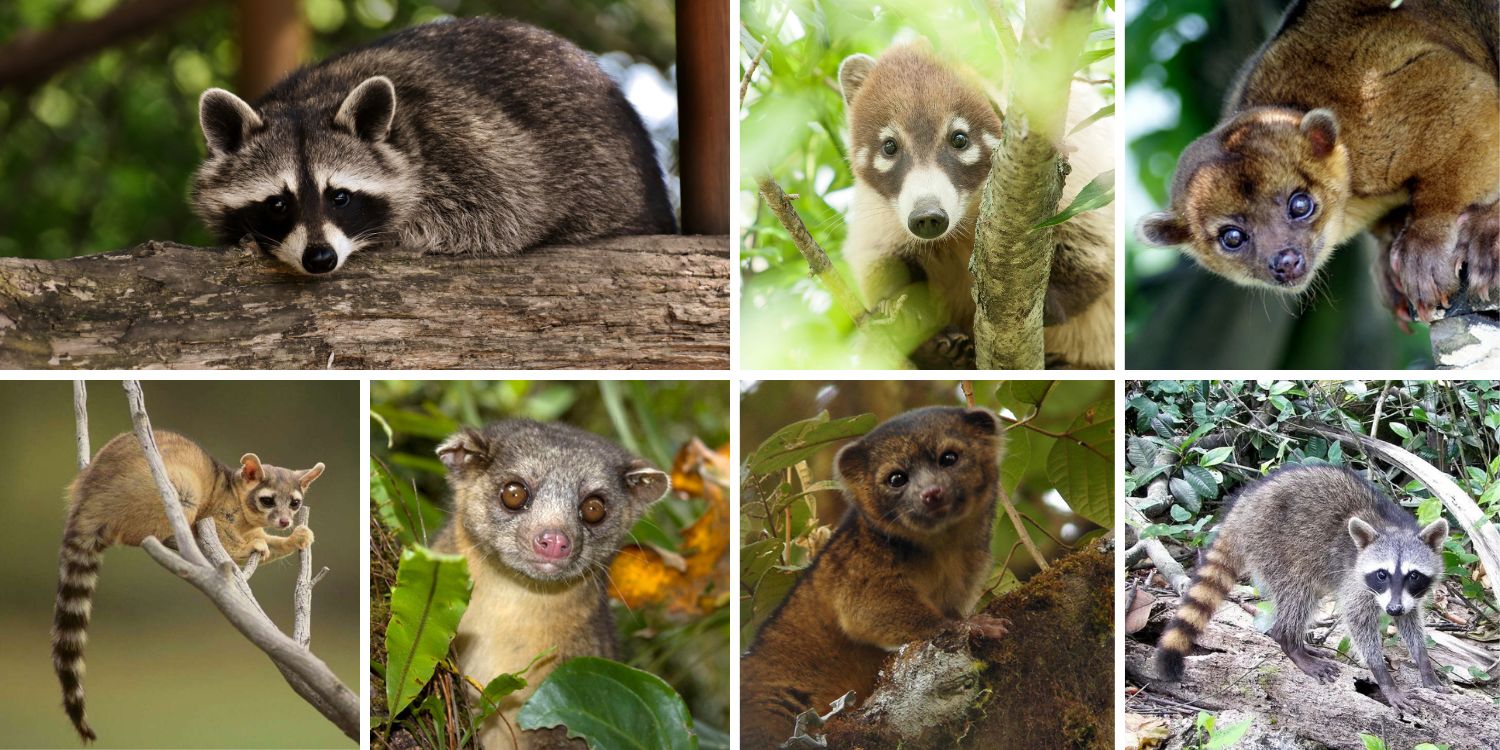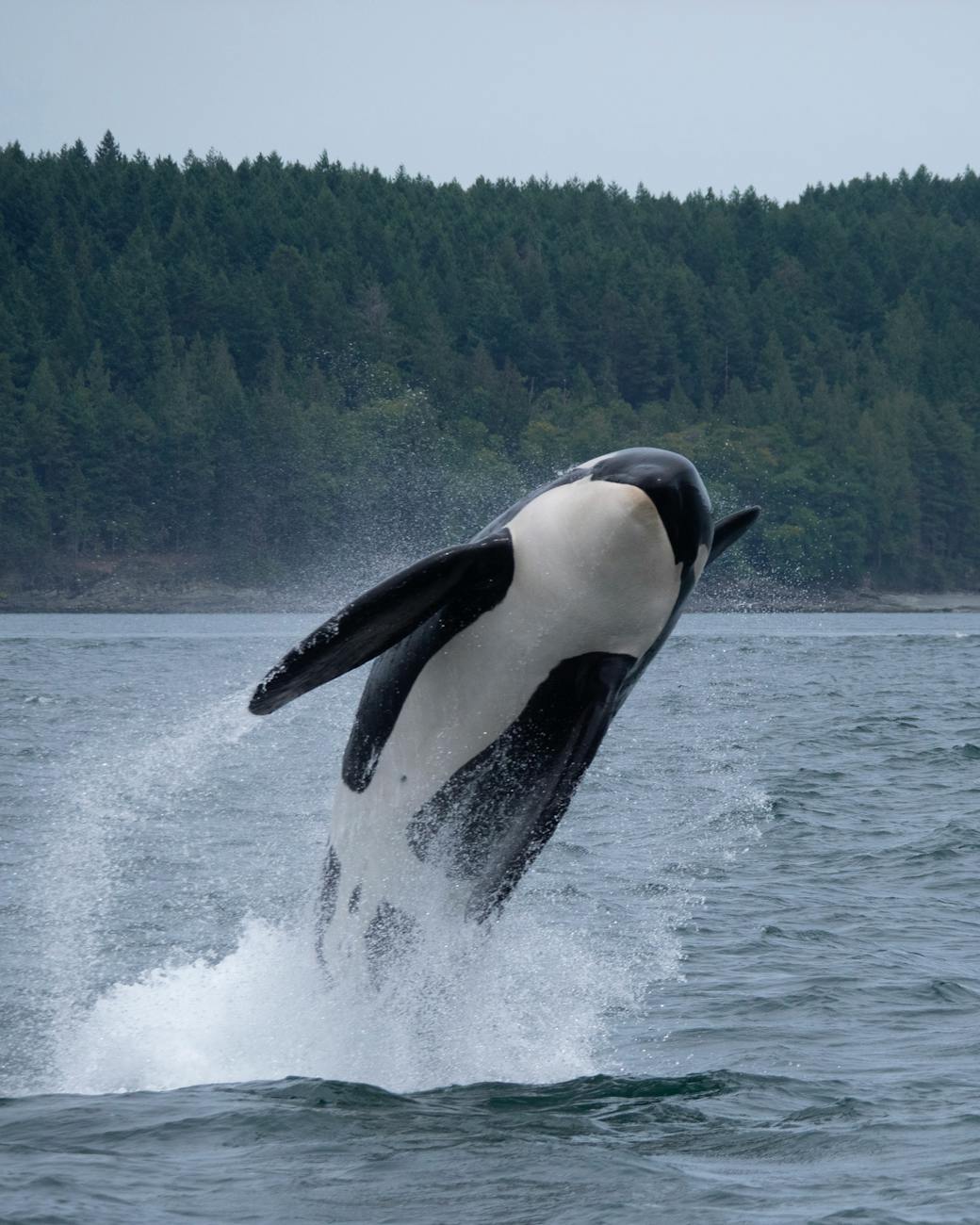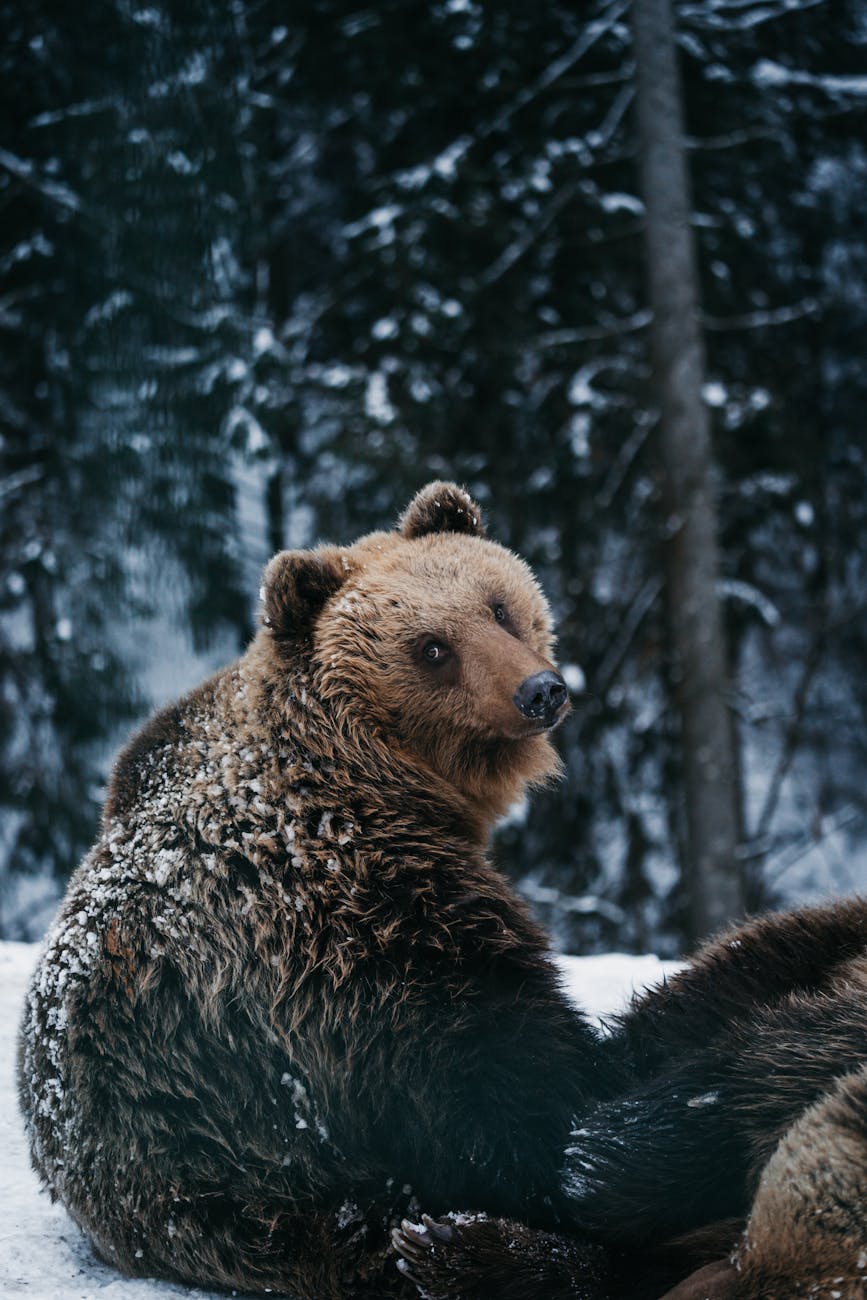
Brown Bear FAQs: Unveiling the Secrets of the Grizzly
The brown bear, also known as the grizzly bear in some regions, is a powerful predator that captures our imagination. With two recognized subspecies – the Kodiak bear and the grizzly bear – these giants roam vast territories in North America and Asia. Here are some frequently asked questions to help you learn more about these fascinating creatures:
1. What are brown bears and where do they live?
Brown bears (Ursus arctos) are large, omnivorous mammals found in North America and Asia. There are two recognized subspecies:
- Grizzly Bear (Ursus arctos horribilis): Lives in mountainous regions of western North America, Alaska, and northwestern Canada.
- Kodiak Bear (Ursus arctos middendorffi): Found on Kodiak Island and surrounding archipelagos in Alaska. They are the largest living subspecies of brown bear.
2. How big are they?
Brown bears are incredibly large, with size varying between subspecies and individual bears.
- Grizzly Bears: Typically stand 6-8 feet tall at the shoulder and weigh 300-800 pounds. Males are generally larger than females, with the brown bears in Alaska generally larger than those in the lower 48.
- Kodiak Bears: Even larger, reaching up to 9.8 feet tall at the shoulder and weighing up to 1,500 pounds.
3. What do they eat?
Brown bears are omnivores, meaning they eat both plants and animals. Their diet varies depending on the season and location, but can include:
- Plants: Berries, grasses, roots, nuts
- Animals: Fish, salmon, carrion, small mammals
4. Are they dangerous?
Brown bears are generally shy and avoid humans. However, they can become aggressive if they feel threatened or surprised. It’s important to be aware of bear country etiquette and maintain a safe distance when encountering these powerful animals.
5. What about hibernation?
Brown bears are known for their winter hibernation. In colder regions, they will enter dens in the fall and emerge in the spring, relying on stored fat reserves during their slumber.
6. Are brown bears endangered?
The conservation status of brown bears varies by subspecies.
- Brown Bears: Brown bears in including Alaska and Canada have healthy populations and are not currently considered endangered.
- Grizzly Bears: The grizzly bear subspecies in the lower 48 states (US) is listed as “Threatened” by the IUCN.
- Kodiak Bears: Listed as “Least Concern” by the IUCN, but their population is closely monitored.
7. What can we do to help brown bears?
- Support organizations working on bear conservation and research.
- Learn about bear safety and proper behavior in bear country.
- Advocate for responsible land management practices that protect bear habitat.
By understanding and respecting these magnificent creatures, we can ensure their continued survival for generations to come.
More photos below ↓







